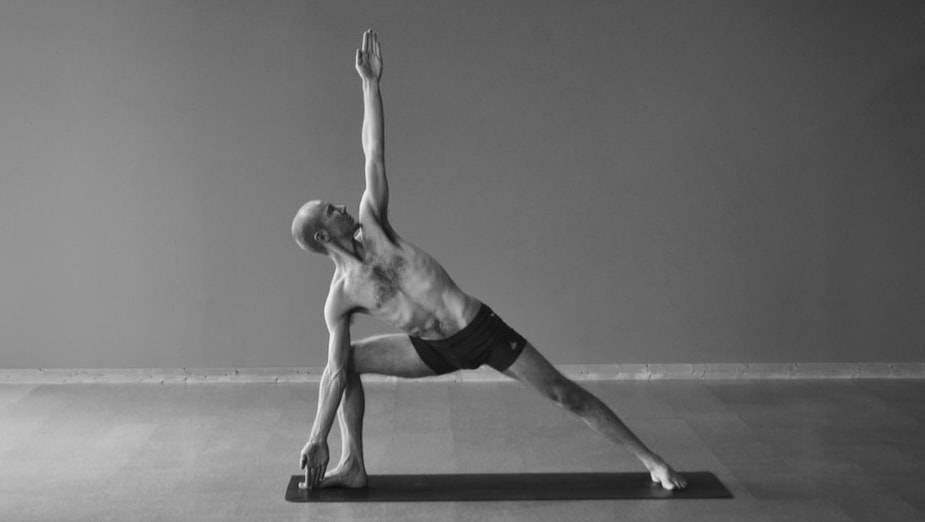|
As we have dug into the texts and practices of hathayoga, one piece of advice stuck out to us from the Hatha Yoga Pradipika: "Needless austerities" hinder us on our yogic path. We got to thinking about what "needless austerities" we might be performing nowadays, and realized that "alignment" has the danger of being one.
The lesson about "needless austerities" is about losing the forest for the trees. When we get invested in certain practices, we can become attached to the practices themselves and lose sight of the larger goal, even to the point that we continue the practices when they hinder our larger progress. When any practice becomes an end in itself, we need to assess it honestly to make sure it is serving us. It is easy to obsess about alignment, making the entirety of the physical practice focused on it alone, as if the greatest goal is to make the body and the postures aligned. Which brings us, as always, to the question: what is the larger goal of physical yoga practice? How does alignment serve us on our path toward that goal? Without a doubt, there will be many answers to that question, even some that contradict each other. To us, the physical practices of yoga bring health to the body, undo improper movement and habit, leading to physical, energetic and mental balance. More advanced physical practices facilitate concentration and stimulate the nervous system. So how does alignment serve these goals? (Or, if you have different goals, how does alignment serve them?) For most of us, and for most of our students, alignment is vital for the first few goals: bringing health and removing improper movement habits. By using the body properly, we can reawaken muscles that have gone to sleep, undo imbalances that have developed over decades and ideally create better movement patterns. This echoes up the chain into the nervous system, balancing the mind and developing the well-loved "mind-body connection." The word "alignment" can be misleading, not least because it means bringing things into lines, which is not at all how the body is put together. Accomplishing these goals in the body doesn't necessarily mean making straighter lines or more perfect angles. It means using the body in a balanced way and, ideally, identifying the imbalances of your students and adjusting accordingly.
0 Comments
Leave a Reply. |
AUTHORSScott & Ida are Yoga Acharyas (Masters of Yoga). They are scholars as well as practitioners of yogic postures, breath control and meditation. They are the head teachers of Ghosh Yoga.
POPULAR- The 113 Postures of Ghosh Yoga
- Make the Hamstrings Strong, Not Long - Understanding Chair Posture - Lock the Knee History - It Doesn't Matter If Your Head Is On Your Knee - Bow Pose (Dhanurasana) - 5 Reasons To Backbend - Origins of Standing Bow - The Traditional Yoga In Bikram's Class - What About the Women?! - Through Bishnu's Eyes - Why Teaching Is Not a Personal Practice Categories
All
Archives
May 2024
|







 RSS Feed
RSS Feed